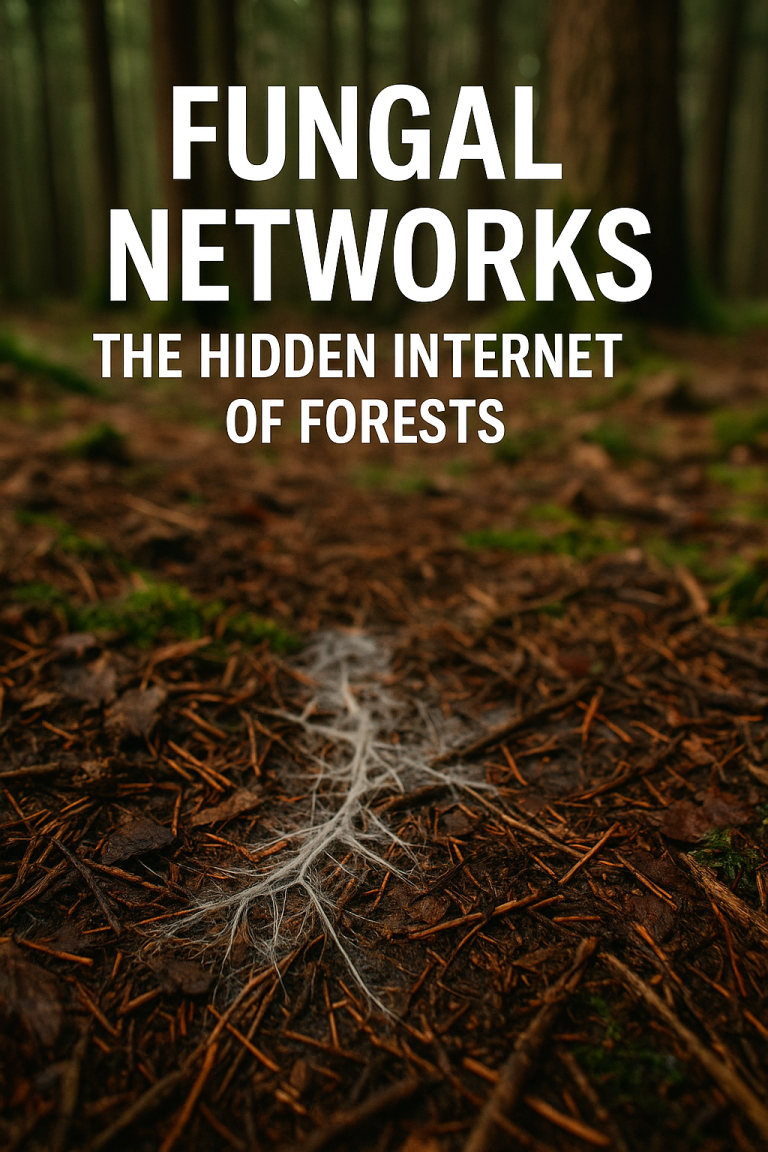Beneath the smog and steel of cities, a silent evolutionary revolution is unfolding. Plants in urban areas are mutating at unprecedented speeds, developing radical adaptations to survive pollution, heat islands, and toxic soils. From heavy-metal-eating weeds to noise-resistant trees, urban flora is rewriting the rules of botany—and offering clues about life’s resilience in the Anthropocene.
This article reveals:
-
7 shocking ways city plants are evolving (including “asphalt flowers” and lead-proof dandelions)
-
The hidden labs studying urban evolution (hint: your sidewalk cracks are one)
-
How pollution forces rapid natural selection (documented genetic changes in just 30 years)
-
Why these “city superplants” could save ecosystems (and even clean our air)
1. Pollution as an Evolutionary Force: The Urban Crucible
Cities create micro-evolutionary pressure cookers where only the toughest plants survive. Key stressors driving changes:
| Urban Stressor | Plant Adaptation | Example |
|---|---|---|
| Heavy Metals | Metal-tolerant roots | Lead-absorbing Plantago major |
| Road Salt | Salt-excreting leaves | Salt-resistant Arabidopsis |
| Air Pollution | Thicker leaf waxes | Smog-proof Pine trees |
| Heat Islands | Smaller, heat-reflecting leaves | Dwarf White clover |
| Light Pollution | Altered flowering times | Night-blooming Mugwort |
| Noise Pollution | Vibration-resistant pollen | Highway-side Goldenrod |
| Fragmented Soil | Shallow but wide root systems | Crack-inhabiting Crepis |
Case Study: Crepis sancta in France evolved lighter seeds in just 12 years—heavy seeds fell on concrete and died, while light ones blew to soil.
2. Heavy Metal Eaters: The Toxic Superplants
Some urban plants don’t just tolerate pollution—they harvest it:
A. Lead-Feeding Dandelions (Taraxacum officinale)
-
Discovery: Growing on Berlin war rubble with 100x normal lead levels.
-
Trick: Special phytochelatins bind metals in vacuoles (like cellular hazmat suits).
B. Zinc Violet (Viola calaminaria)
-
Where: Abandoned mines in Belgium.
-
Superpower: Accumulates 4% zinc by weight in leaves—toxic to most plants.
Human Use: These hyperaccumulators are now used in phytoremediation to clean contaminated sites.
3. Climate-Adapted Mutants: Heat, Drought, and Concrete
A. The Asphalt Flower (Parietaria judaica)
-
Habitat: Thrives in 60°C+ pavement cracks.
-
Adaptation: Hairy leaves reflect heat, CAM photosynthesis at night.
B. “Lazy” Clover (Trifolium repens)
-
Urban vs. Rural: City clovers stopped producing cyanide (a natural defense)—because herbivores are rarer in concrete jungles.
4. Night Shift Botany: How Light Pollution Rewires Plants
Artificial lighting tricks plants into:
✔ Delayed leaf drop (streetlight-lit trees keep leaves 2 weeks longer).
✔ Misdirected growth (vines like Hedera helix grow toward LEDs, not sun).
✔ 24-hour pollination (some urban flowers stay open all night for moth traffic).
Bizarre Example: Tokyo’s Oenothera biennis now blooms year-round under perpetual artificial “summer.”
5. The Sound of Survival: Noise-Driven Evolution
Highway noise isn’t just annoying—it’s reshaping flowers:
-
Goldenrod (Solidago altissima) near roads produces 20% less nectar—saving energy since pollinators can’t hear them over traffic.
-
Some grasses vibrate at frequencies that repel noise-sensitive pests.
6. The Scientists Studying Sidewalk Evolution
A. The Global Urban Evolution Project
-
Tracking white clover in 160 cities to map pollution adaptations.
B. Herbarium Time Travel
-
Comparing 100-year-old specimens to modern weeds shows leaf thickness increased 34% in smog zones.
C. DIY Science
-
Apps like iNaturalist help document urban mutations (e.g., radiation-resistant moss near Chernobyl).
7. How We Can Harness Urban Superplants
✔ Pollution-eating gardens (using metal-accumulators like Arabidopsis halleri).
✔ Heat-resistant crops (breeding with urban Portulaca oleracea).
✔ Noise-blocking “sound hedges” (vibration-damping species).
Ongoing Experiment: Detroit’s “Decontamination Park” uses mutant sunflowers to extract soil PCBs.
Conclusion: The Concrete Jungle’s Unstoppable Greening
Urban plants prove evolution isn’t slow—it’s happening right now in your alleyway. By studying these tenacious mutants, we gain:
-
Blueprints for climate-resistant agriculture
-
Tools to detoxify cities
-
Hope for life’s adaptability
Next time you see a dandelion cracking through pavement, remember: you’re witnessing evolution in overdrive.




Leave a Comment